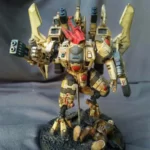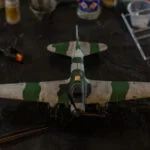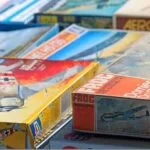Airbrush Vs. spray paint | Advantages and Disadvantages
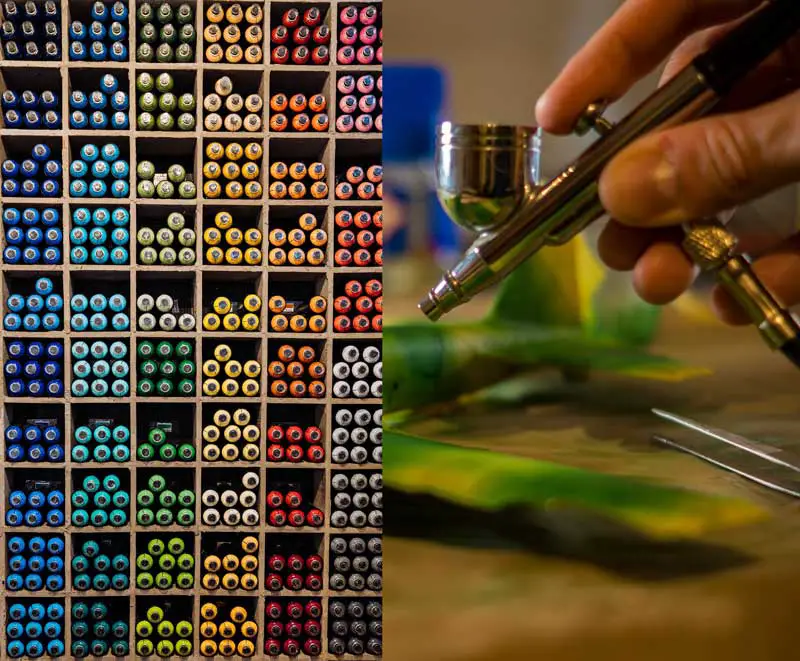
As a modeler, you already know that the painting equipment and technique you use determine how good the finishing results are.
Airbrush and spray paints are handy painting equipment for miniatures and model kits. However, they offer varying results when considering intricate details and finish.
So, airbrush and spray paint, which is best for scale model kits and miniatures?
Airbrush vs spray paint – Which is better
Spray paints and airbrushes are good tools for painting small Kits like miniatures.
However, spray paints only work well on large areas.
Airbrush has impressive versatility, which makes them able to paint and pre-shade parts where spray paints can’t.
They come with different types of nozzles and varying sizes that allow modelers easily paint tiny details and stunning color gradients across small and large areas. Airbrushing your scale models and miniatures also provides you with more even layers, less splotching, and you can get small crevices more accurately.
Airbrush and spray paints, each has it’s own advantages and disadvantages
While both tools help you paint your models and miniatures via “air spray,” they have different application purposes and differ in their functions.
Spray paints are powered by aerosol propellants, which may cause the air pressure to fluctuate and affect spraying performance.
Plus, the cans are non-refillable, making them obsolete once empty. They also lack sufficient control making your models suffer from un-uniform coloring.
On the other hand, airbrushes can be fine-tuned for precise control. Airbrushes also allow for color modulation, post shading, panel fading, and weathering paint layers, whereas spray paint doesn’t.
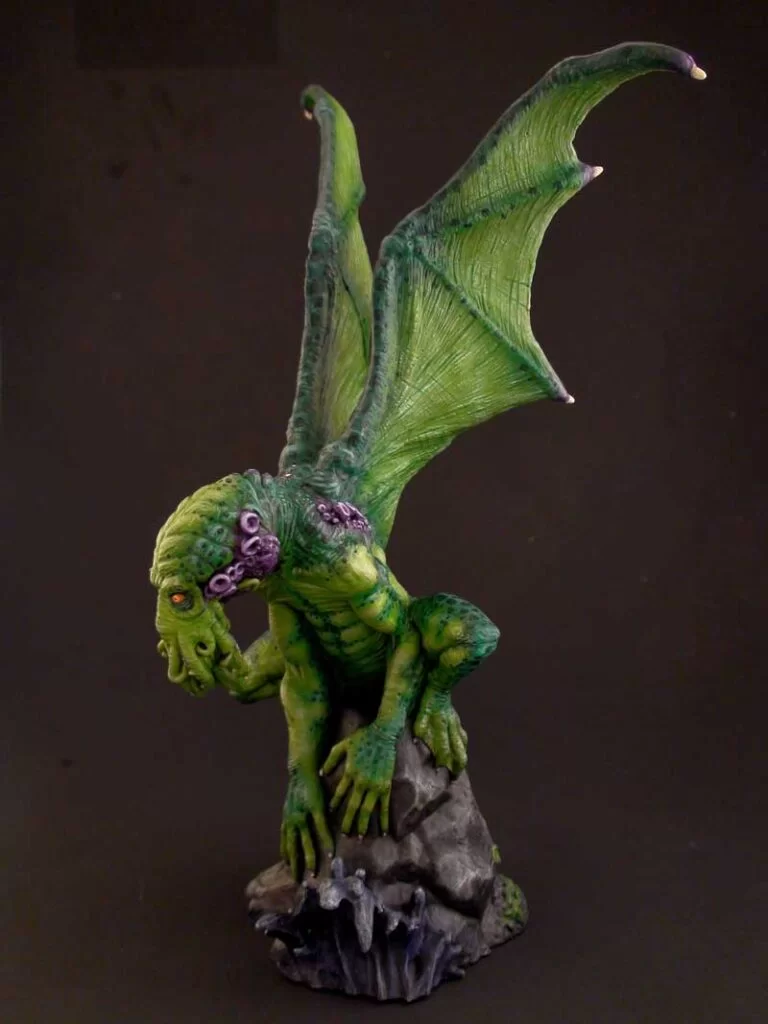

Results And Finish of Airbrush and spray paint
As mentioned earlier, spray paints and airbrushes have different application purposes, so they don’t give the same results.
With an airbrush, you get way more control, the paint is thinner, and the results are always consistent so that when you airbrush your kits, you enjoy a smooth, precise, and detailed finish like the real thing.
But, with spray cans, you get more of a misty and rough finish. Sometimes, accidental overspray occurs, making your model lose intricate details.
Plus, airbrush offers a wide range of colors so that you get unique color gradients, but with spray paint, your color selection is limited to whatever the brand provides, and you may not get the desired color scheme at the end.
The bottom line, the airbrush will give far better results than spray paints.
Read more about painting techniques:
Dry brush Vs Airbrush For Miniatures And Model Kits
LeisureGuided.com
Dry brushing Vs layering (Everything You Need To Know)
Airbrush Vs. Paint Brush for miniatures and models
price – Airbrush is cheaper in the long run
If you’ve used an airbrush before, you know that an airbrush has a much higher initial setup cost.
This can be discouraging for many modelers on a budget. But in the long run, an airbrush is much cheaper. After you’ve bought the airbrush and an air system, it’ll last for years.
Spray cans cost a lot less to start. However, its cost will add up quickly in the long run because you usually need more than one color. Plus, the cans are never really useful when empty, and you will have to replace the empty can.
ease of use – Airbrush is much easier and better to use
Other than their longevity, airbrushes offer more ease of use than a spray can.
Technically, you can get almost perfect designs with both. Yet, two things that work in favor of an airbrush are consistency and control.
Airbrush offers greater control as you can easily fine-tune a lot more things, from the air pressure to how you thin your paints. You can also change the spray pattern to what you want while mixing the paint and pigments to give you various color options.
Spray paints are not engineered to offer these control and consistency functions as airbrushes since you can’t measure the quantity of paint, location of paint, mixture, and spraying functions.
Spray paints are best for priming and not for painting.
details – Airbrush is better than spray paint for small details
If you’ve ever built model kits or miniatures with lots of tiny pieces, For example, in Tamiya’s Grumman F-14A Tomcat model kit, you know that getting the right coverage is tricky.
If you’re considering using spray paint, understand that it can be very easy to spray too much onto a small piece so that they cover up small intricate details.
Spray paints are only good for large pieces, not so much for tiny parts. But, with an airbrush, you enjoy precise detailing even on smaller parts.
Blends – With an airbrush, you can get any color you want
The most common setback many modelers face when using spray paints is finding the exact colors they need to give the desired effects.
Airbrushing offers an unlimited selection of color variants. Plus, the airbrush painting technique opens up the possibility of color mixing so that you can come up with a huge number of custom colors.
use – Airbrush paints are suitable for models and miniatures
Airbrush paints, also called fluid acrylics, are specially designed for both scale model kits and miniatures.
These paints have the advantage of being thin right out of the can, making mixing them with a thinner almost needless. They are odorless and non-toxic, so you never have to worry about health hazards during usage.
Airbrush paints also won’t need priming 90% of the time you use them because they mix well and have a texture that offers an even and smooth finish.
You should Prime before using spray paint
Unlike the painting advantage of airbrushing, spray paints won’t sit well on your model kits without surface primer and topcoats due to their thick form. Applying primer before spray painting ensures that your spray paint will have an even finish rather than a rough look, thanks to how thick the paint is.
So, if you’re opting for spray paint, always use appropriate primers. If you don’t, your paint may look bad and even chip off your model after some time. Otherwise, you may need several coats of spray paint to get even coverage.
Alternatively, prime with spray paint and paint with an airbrush
Another way to get a perfect, even, and smooth finish on your models and miniatures is to prime with spray paint and continue layering with an airbrush.
Why? Many modelers use spray cans with success but spray painting can be tricky. The biggest problem with spray paints is that you can mistakenly overspray quickly, thereby running your models.
When you use spray paint as a primer before airbrushing, you ensure that your work stays fresh and does not fade or flake. After priming, you can do everything involving detailed painting with an airbrush.
It’s very easy to fill in the fine details with an airbrush since you can easily maintain a proper distance and put down very light coats.
Airbrushes are not that expensive. You can get one for less than $50
Every modeler knows that getting an airbrush can take a toll on your finances. But, the good news is that even the most popular airbrush brands like Iwata offers the best airbrushing tools at affordable prices so modelers can enjoy consistency, control, and precision while painting.
In fact, you’ll find some of the best airbrushing tools under $50, like the Iwata Neo Cn Gravity Feed Dual Action Airbrush, Master Airbrush G233 Pro, and PointZero’s multi-Purpose Dual Action Airbrush.
These three models are some of the best-known high-performance airbrushes that offer soft, effortless coverage and low air pressures, so you enjoy fine atomization, precise details, and professional results.
Airbrush and Spray Paints Explained By hobbies
Airbrush Vs. spray paint for miniatures
Both tools work well on miniatures, but the most commonly used tool for painting miniatures is the airbrush.
Airbrushing your miniature speeds up priming and base coating. Plus, you can airbrush miniatures indoors, unlike spray paints that require a good distance and a ventilated space.
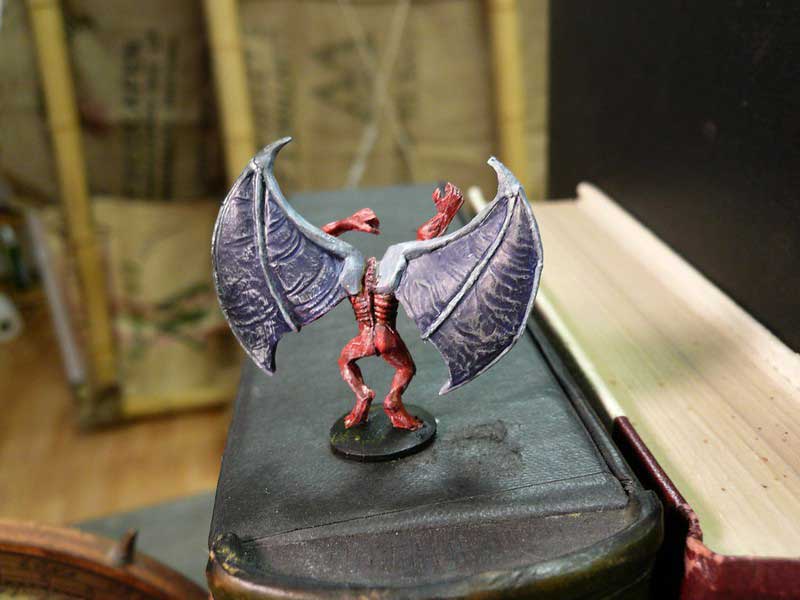

Airbrush Vs. spraypaint for model cars
Model cars are miniature representations of automobiles. For this reason, an airbrush will provide better results on them.
Spray paints for model cars can be handy for undercarriage work, but on bodywork they put out too much paint, muting the details.
When you use spray paints on the bodywork, it becomes difficult to get good paint coverage without drowning the part in paint or getting runs in the paint. But the airbrush lays out a nice coat on the body of your model car.
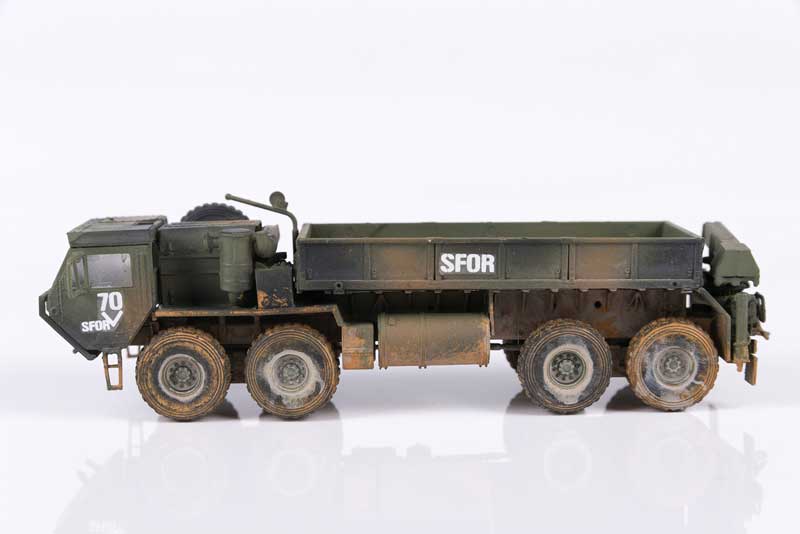

Airbrush vs spray paint Warhammer
If you’re into tabletop gaming like Warhammer, airbrush and spray paints will work great.
Some spray paints, like those from Krylon, GW, or Army Painter brands are designed specifically for models and miniatures, while airbrush offers more thinning consistency perfect.
Regardless, tabletop gaming models are not always meant for display purposes. So, whether you get a misty or rough finish, from using spray paints, spray painting your warhammer model won’t restrict your experience.


airbrush Gunpla vs spray paint
For many Gunpla builders, acquiring an airbrush is essential for achieving pro-grade paint finishes.
Spray paints and airbrushes can help you produce beautiful Gunpla kits. But with a Gunpla model, you will need a painting technique that provides subtle color gradations, wide coverage, and fine control.
Airbrushes offer your Gundam models super smooth, even layers. Plus, it is faster and more forgiving than spray paints.
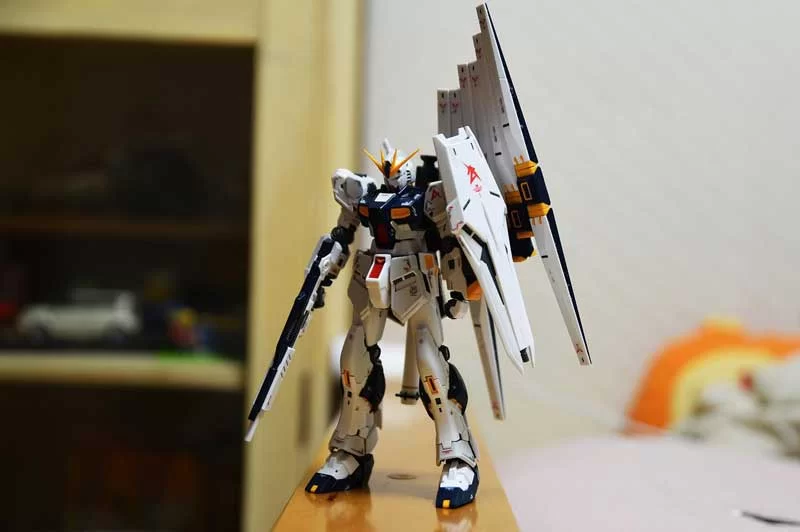

Conclusion
Airbrush and spray paints are two powerful tools for beautiful model kits and miniatures. However, airbrushing offers better results on miniatures and model kits, from diverse color gradients to a smooth, even, and realistic finish.
Plus, you can get an airbrush for as low as $50.

